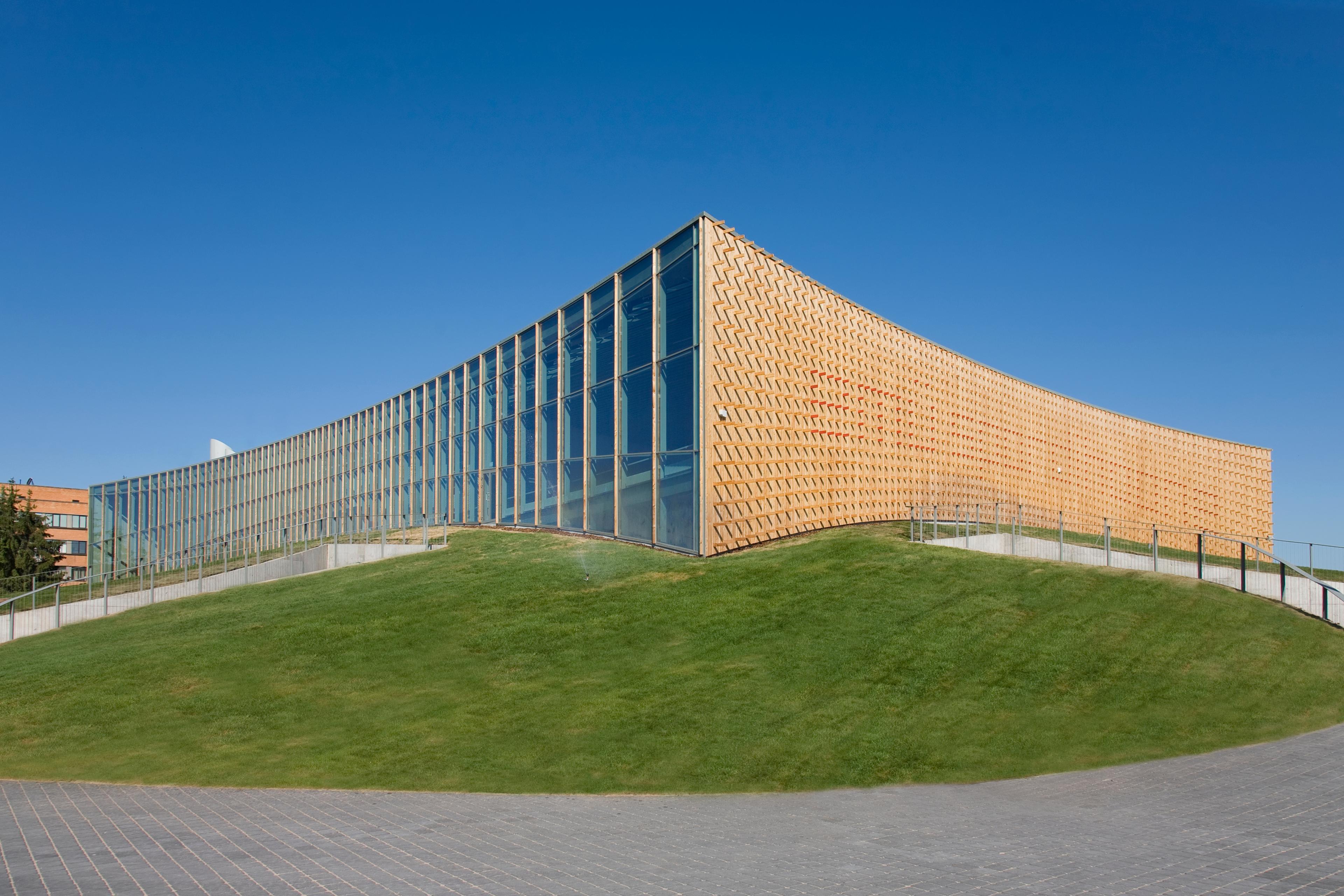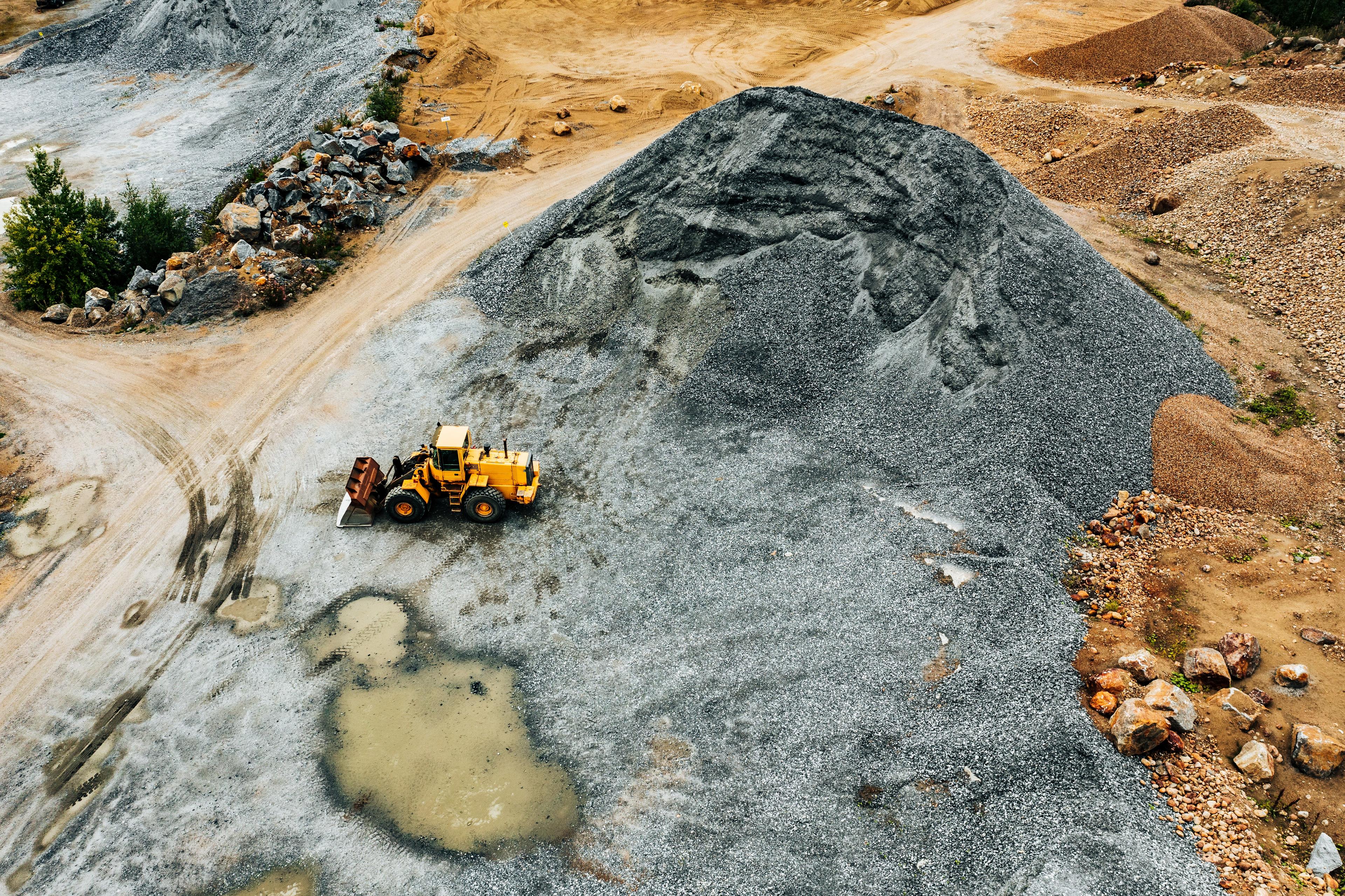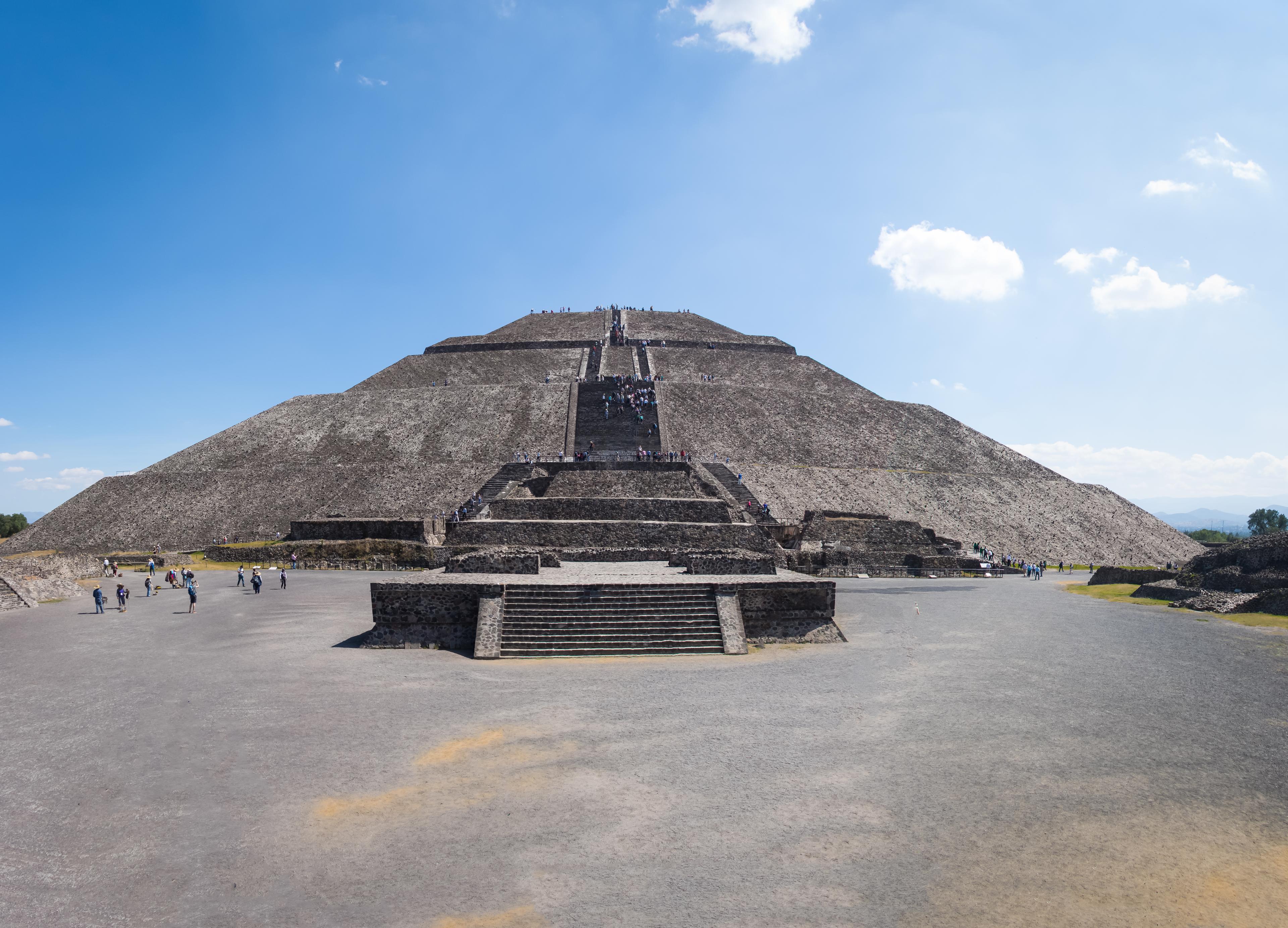Hidalgo has a privileged location in Central Mexico. It is part of the Metropolitan Zone of the Valley of Mexico, with a population of over 22 million people, making it the third-largest metropolitan area in the OECD and the largest in the world outside of Asia. It covers an area of 20,821 km2 with a strategic road infrastructure to access to the main ports and borders in the country. With a population of 3.08 million and an economic active population of 1.5 million, it has the largest network of polytechnic and technological universities in the country (per capita).

Why invest into Hidalgo
Immediate access to the Metropolitan Zone of the Valley of Mexico (ZMVM), economic center, financial, political and cultural of the country. The new state administration (2022-2028) has wide experience in consolidating large investment projects and the capacity to provide legal certainty to new investments. A nodal point and logistical potential in the center of Mexico, key to access to ports, airports, and other industrial hubs in the country. Territorial potential of over 14,000 hectares, promising for the planning and development of large-scale projects in the Valle de Plata area. Specialized human talent, with the largest network of polytechnic and technological universities in the country (per capita).
- An extraordinary relationship and collaboration with the federal government, municipalities and the business sector.
- Among the 7 most attractive states to invest (COPARMEX).
- 6th state with the highest level of security and social peace in the country (Mexico Peace Index 2023).
Sources: Government Hidalgo, Inegi
General Info - Hidalgo
Some general info about the state Hidalgo
$317 USD
Average Monthly Salary
1.5M
Active working population
100+
Institution for higher education
30
Years old as average age
21'725
Graduates per year
12
Industrial Parks
3.2 M
Population
20'821km2
Total area of Hidalgo
1'125km
Distance to the US-Border
Location of the State Hidalgo

Where is Hidalgo located
Distances from Hidalgo
Find below all distances from Hidalgo to some strategically important locations.
| Mexico Cities | Km | Hours |
| Mexico city | 80km | 1h |
| San Luis Potosi | 400km | 5h |
| Monterrey | 900km | 10h |
| USA & Canada Cities | Km | Hours |
| Houston | 850km | 16h |
| Tennessee | 1'700km | 28h |
| Chicago | 1'950km | 32h |
| Ports & Border | Km | Hours |
| Altamira (Port) | 400km | 5h |
| Nuevo Laredo (Border) | 1'100km | 12h |
| Mazatlan (Port) | 1'100km | 13h |
The 3 Strategical Advantages of Hidalgo

Human talent
Hidalgo has +100 public and private universities with an 89.7% coverage. It ranks 3rd. in number of graduated engineers and technicians (per capita) from technological institutions. Over 6,000 technicians are trained each year.

District of Education, Health, Science, Technology & Innovation:
A 175-hectare techno-park with top-level infrastructure, where specialized institutions come together to promote the economic and technological development of the state.

Security
Hidalgo is known for being a safe state. It ranks in the top 6 of the country's most peaceful states. The C5i in Hidalgo is the most advanced security center in Latin America, with the highest international standards.
Main Industries of Hidalgo
12 Industrial Parks in operation, with availability of electricity, potable water, natural gas and a telecommunications network, ready to establish new investment projects.
Sustainable Mobility
A strategic sector, considering the global environmental, energy, and economic benefits. Giant Motors is assembling a complete line of JAC Motors electric vehicles.
Clean energy
Hidalgo produces 2,783 MW of energy, 78% from conventional sources, and 22% from renewable sources. Its goal is to become a national benchmark for energy competitiveness.
22%
Renewable energy
Logistics
It is an ongoing sector due to Hidalgo’s key location and the construction in progress of the most modern logistics and distribution project in the center of the country in PLATAH II.
Other Industries in Hidalgo

Mining
Hidalgo has a rich mining history and is known for its mineral resources, including silver, gold, and other metals. The mining industry plays a significant role in the state's economy, with operations focused on exploration, extraction, and processing.

Agriculture
Agriculture is another important industry in Hidalgo, with the state producing a variety of crops such as corn, beans, barley, and fruits. Hidalgo's fertile lands and favorable climate support agricultural activities, contributing to food production and employment in rural areas.
Infrastructure of Hidalgo
Hidalgo, Mexico, boasts a robust infrastructure, featuring modern transportation networks, well-developed urban areas, and a range of public services that support the state's economic growth and quality of life for its residents.

Highways
Hidalgo's highway network serves as a crucial transportation artery, facilitating the movement of goods and people within the state and connecting it to other regions of Mexico. Hidalgo's highway network includes major routes like Mexico 85, 130, 105, and 119, connecting the state to neighboring regions and facilitating transportation for both passengers and freight.

Industrial Parks
12 Industrial Parks in operation, with availability of electricity, potable water, natural gas and a telecommunications network, ready to establish new investment projects.

Air freight
Hidalgo's air freight services are primarily handled by the Pachuca International Airport (IATA: PCA). While not as extensive as some larger airports in Mexico, Pachuca Airport provides cargo handling facilities and services for domestic shipments, supporting trade and commerce in the region.
Skilled Labor Force & Universities of Hidalgo
Hidalgo has 100 public and private universities with an 89.7% coverage. It ranks 3rd. in number of graduated engineers and technicians.
Quality of Life in Queretaro

Leisure & Sports
Hidalgo, Mexico, offers a vibrant blend of leisure and sports activities, providing residents and visitors with ample opportunities for recreation and adventure. From exploring the stunning natural landscapes of the state's national parks to participating in local sports leagues and cultural events, Hidalgo caters to diverse interests and passions.

Culinarity & Hotels
In Hidalgo, Mexico, culinary delights and accommodations abound, with a diverse range of hotels and restaurants catering to every palate and preference.

Tourism & Culture
Tourism and culture converge beautifully in Hidalgo, Mexico, offering visitors a rich tapestry of experiences to explore.






